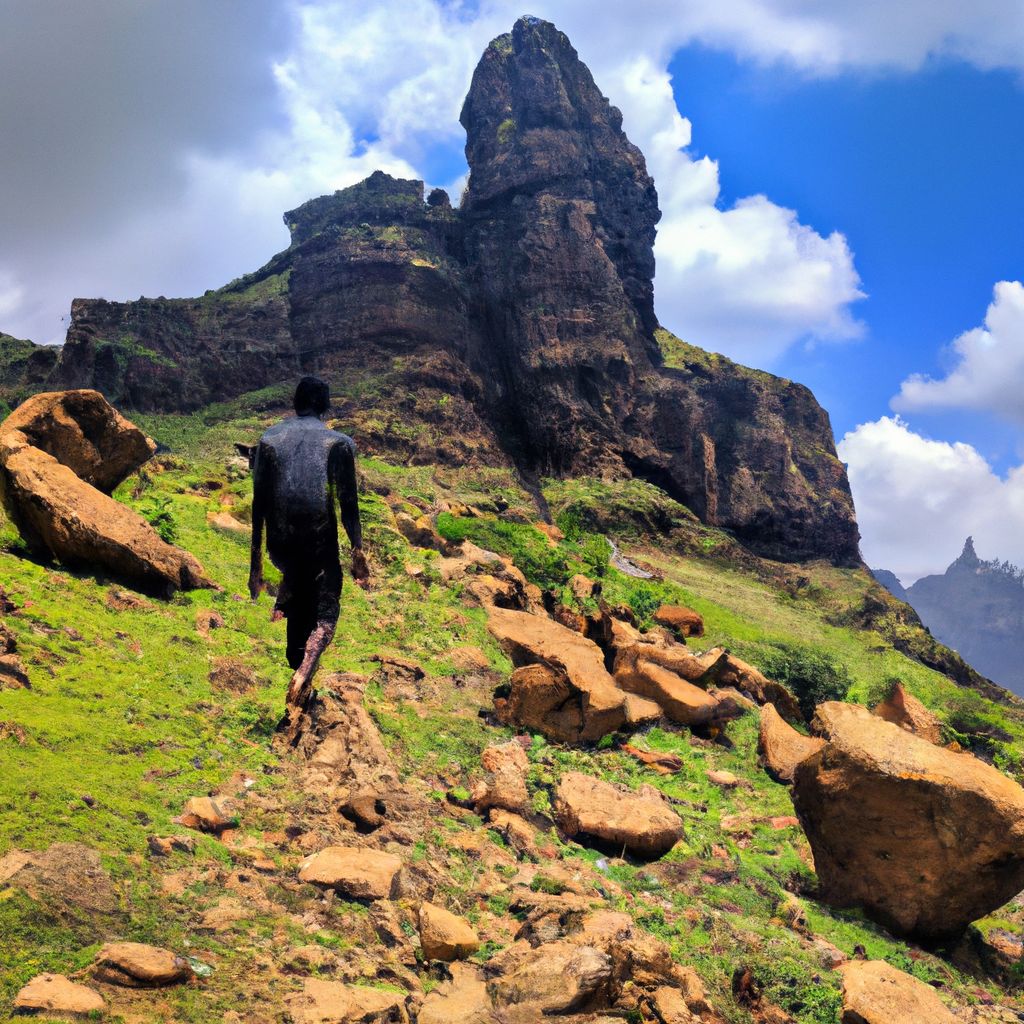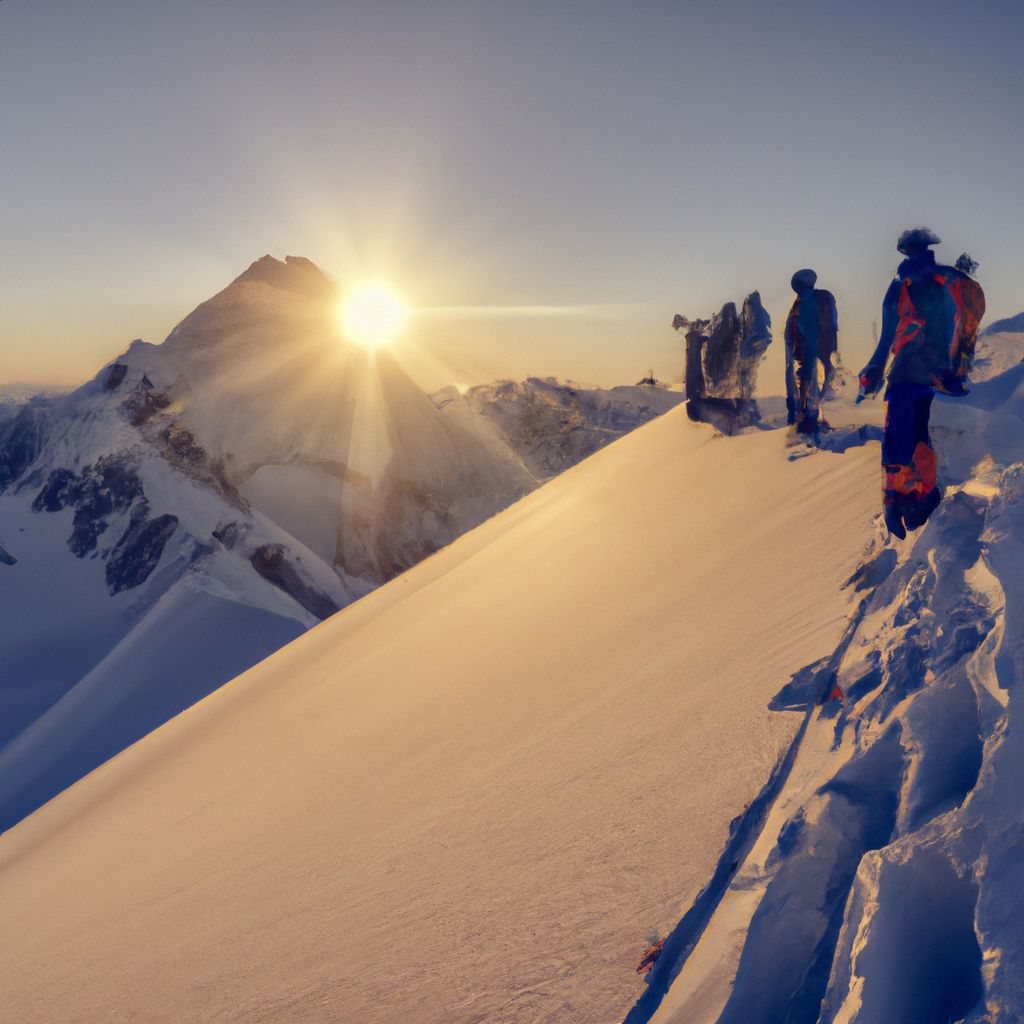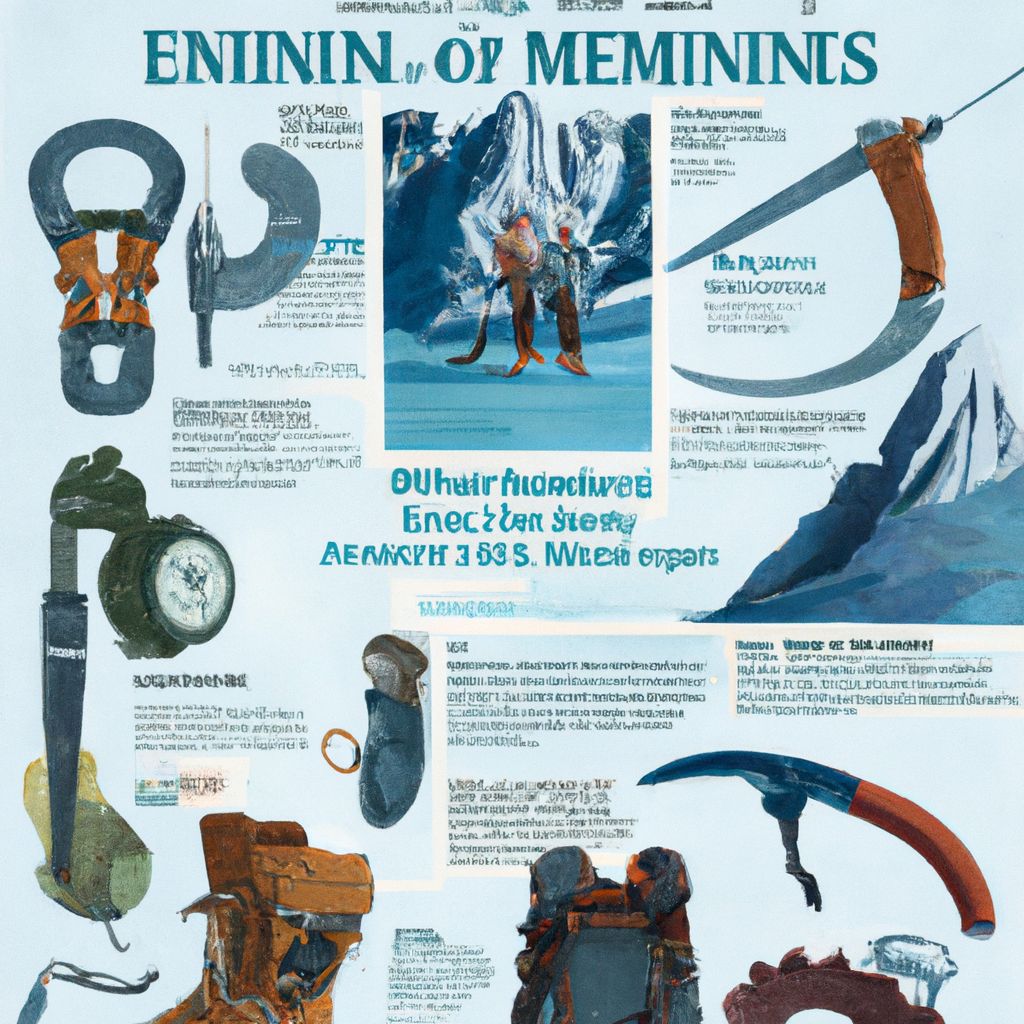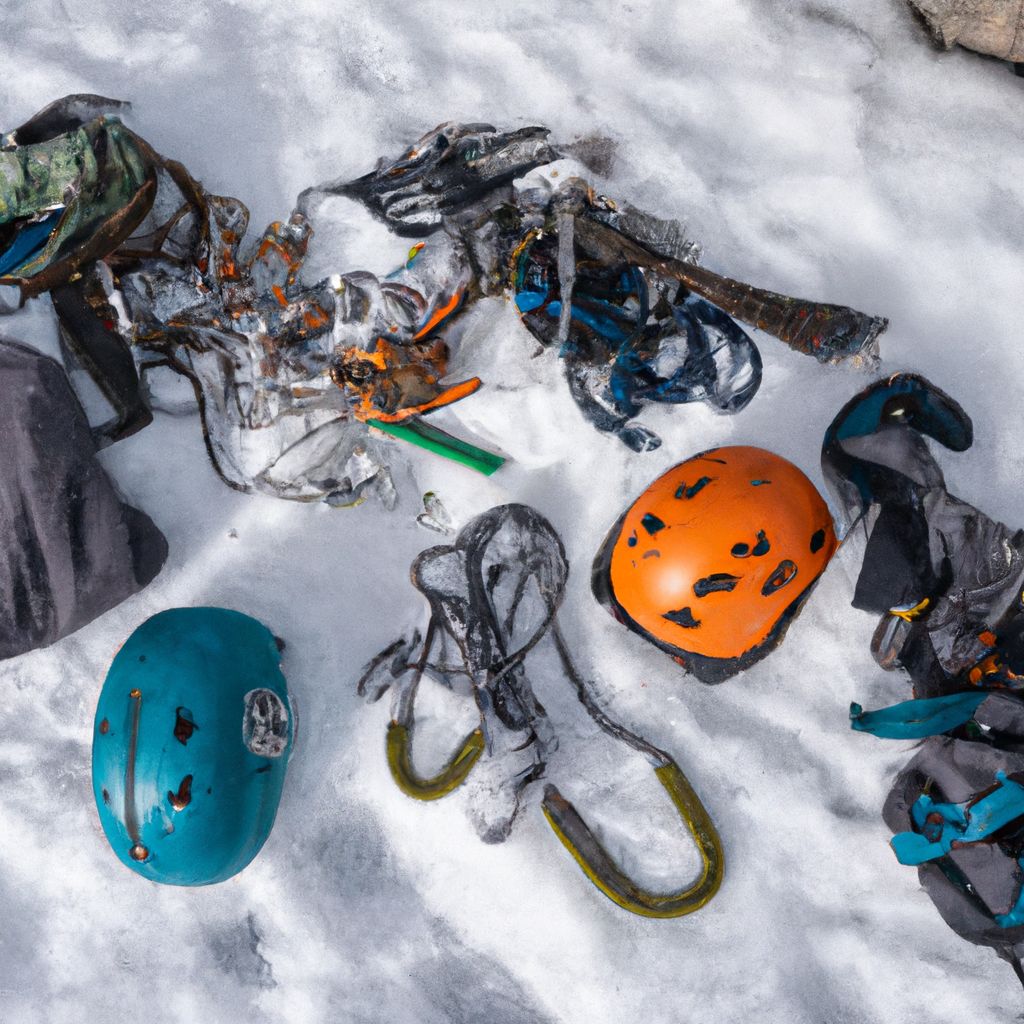- Introduction to Mountaineering and Ecology
- The Impact of Mountaineering on the Environment
- Ecological Balance and Mountaineering
- Practicing Responsible Mountaineering
- Mountaineering and Conservation Efforts
- The Future of Mountaineering and Ecology
Introduction to Mountaineering and Ecology
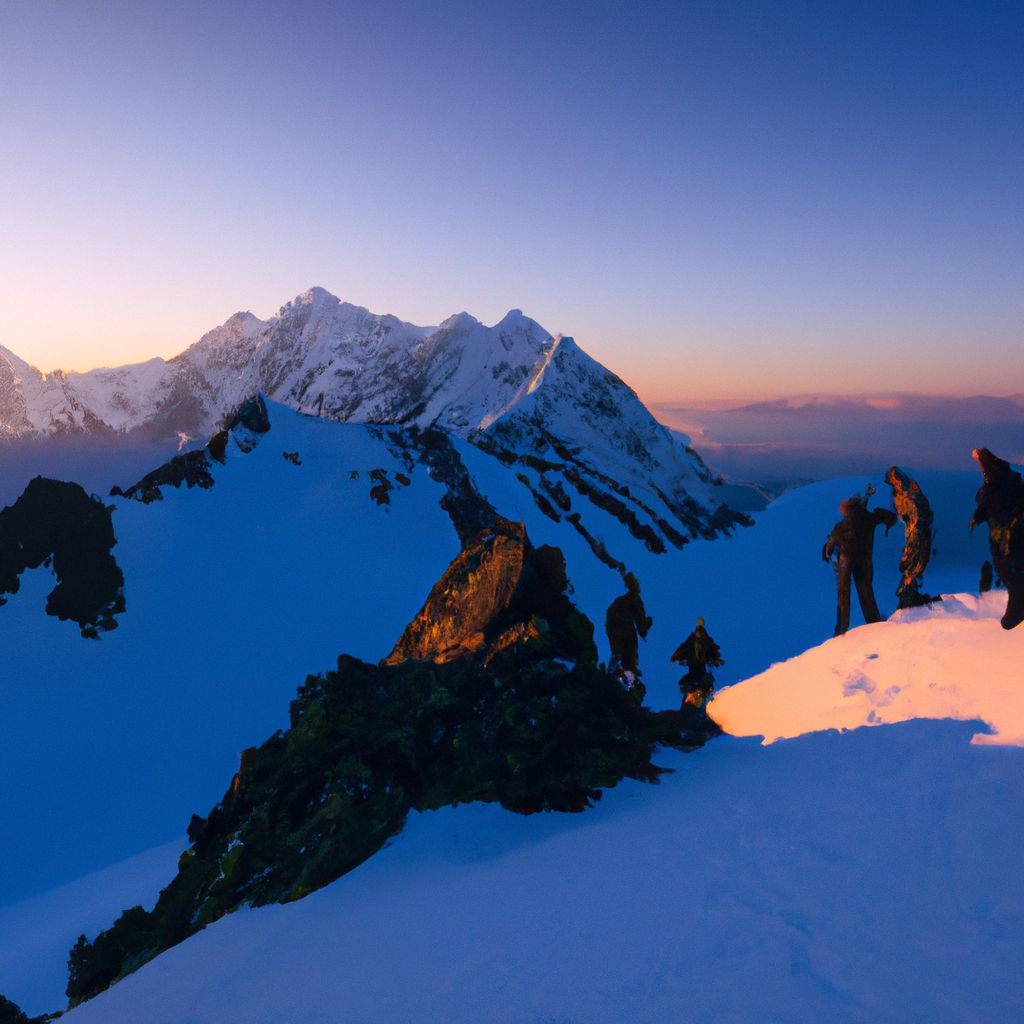
Mountaineering and ecology are two concepts that, though seemingly disparate, share a profound connection. Understanding the interplay between these two fields is crucial for anyone interested in exploring the mountains sustainably.
Mountaineering, at its core, is the sport, hobby, or profession of walking, hiking, backpacking, and climbing mountains. It is not merely a physical endeavor but also a spiritual and mental challenge that teaches patience, resilience, and respect for nature.
Mountaineering is significant for several reasons. It fosters a deep sense of appreciation and respect for the natural world. As mountaineers traverse difficult terrains, they are exposed to the raw beauty and power of nature, which instills in them a deep-seated respect for the environment.
Mountaineering also contributes to the economy of various regions. According to the Outdoor Industry Association, outdoor recreation, including mountain climbing, contributes $887 billion annually to the U.S economy. It also supports 7.6 million jobs.
On the flip side, Ecology is the scientific study of the interactions between organisms and their environment. It looks at how individual organisms, populations, communities, ecosystems, and the biosphere as a whole, interact with each other and their surroundings.
Ecology is crucial as it provides essential information about the world we live in. By understanding the workings of ecology, we can better appreciate the complexity and intricacy of the natural world, and the delicate balance that sustains life on Earth.
Furthermore, the principles of ecology are critical in addressing environmental challenges. Ecology helps us understand the consequences of our actions on the environment and guides us in making informed decisions about natural resource management.
Thus, marrying the principles of mountaineering and ecology is essential in promoting sustainable practices in outdoor activities, ensuring that we can enjoy the serenity and challenge of the mountains for generations to come.
The Impact of Mountaineering on the Environment
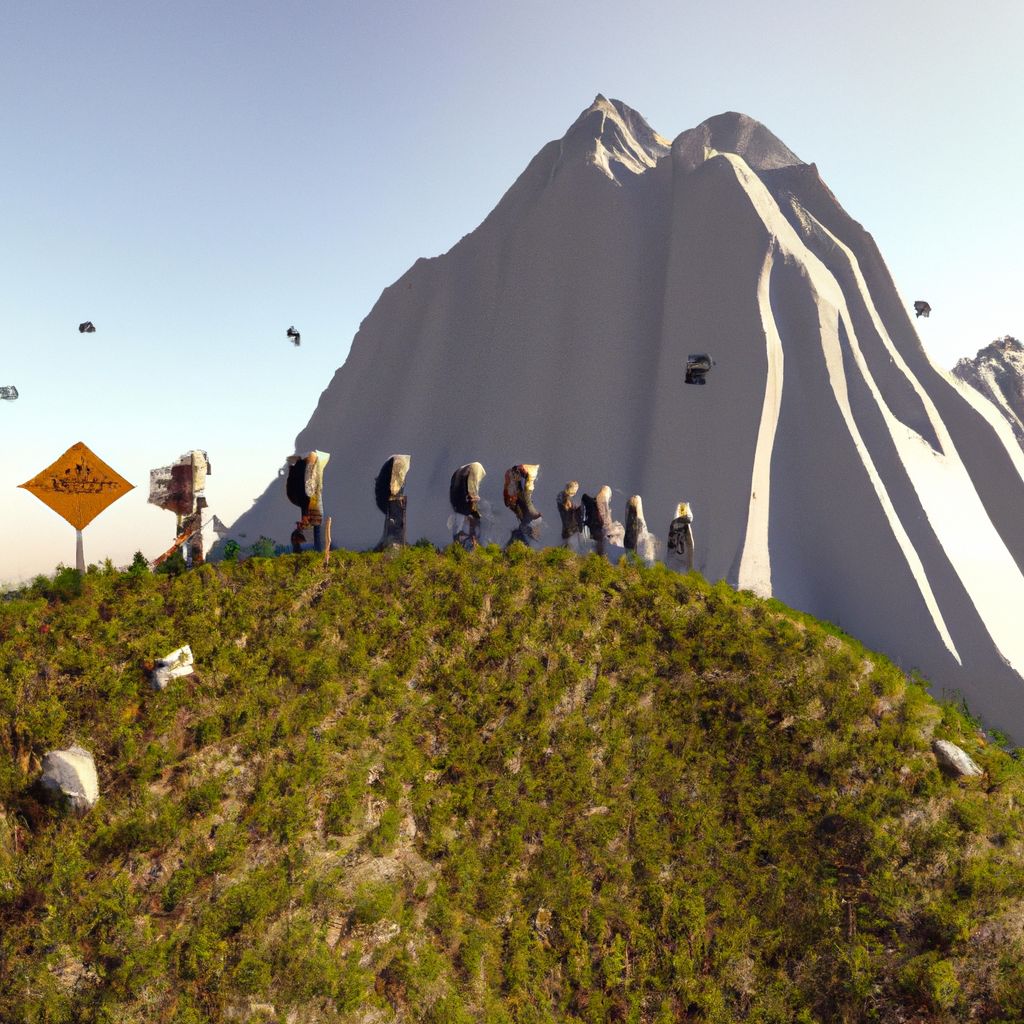
While mountaineering has numerous benefits, it also has a significant impact on the environment. These impacts can be both positive and negative, and they often depend on the behavior and practices of the mountaineers themselves.
One of the most evident negative impacts of mountaineering is waste disposal. According to the International Mountaineering and Climbing Federation (UIAA), an estimated 50 tonnes of waste, including oxygen cylinders, tents, and plastic containers, are left behind by climbers on Mount Everest every year. This not only affects the aesthetic beauty of the mountains but also threatens local ecosystems.
Another adverse effect is trail erosion. As mountaineers tread on mountain trails, they cause soil compaction and erosion, which can lead to the destruction of vegetation and alteration of landscapes. A study published in the Journal of Environmental Management revealed that even a single passage of a hiker can cause a significant amount of soil displacement.
Mountaineering can also disturb local wildlife. The noise and presence of humans can disturb nesting birds, scare away animals, and disrupt their natural behavior. This can have a detrimental effect on local biodiversity.
On the positive side, mountaineering can also contribute to environmental conservation. Mountaineers, with their deep connection to nature, often become advocates for environmental protection. Their firsthand experiences of the adverse effects of climate change and pollution on mountain ecosystems can inspire them to engage in conservation activities.
Mountaineers can also contribute to scientific research. By documenting their observations of flora, fauna, and climatic conditions, they can provide valuable data for scientists studying mountain ecosystems.
Moreover, mountaineering can promote sustainable tourism. By practicing and promoting low-impact mountaineering, enthusiasts can contribute to the local economy without significantly damaging the environment.
In conclusion, while mountaineering can have a detrimental impact on the environment, with proper practices and awareness, it can also be a force for conservation and sustainability.
Ecological Balance and Mountaineering
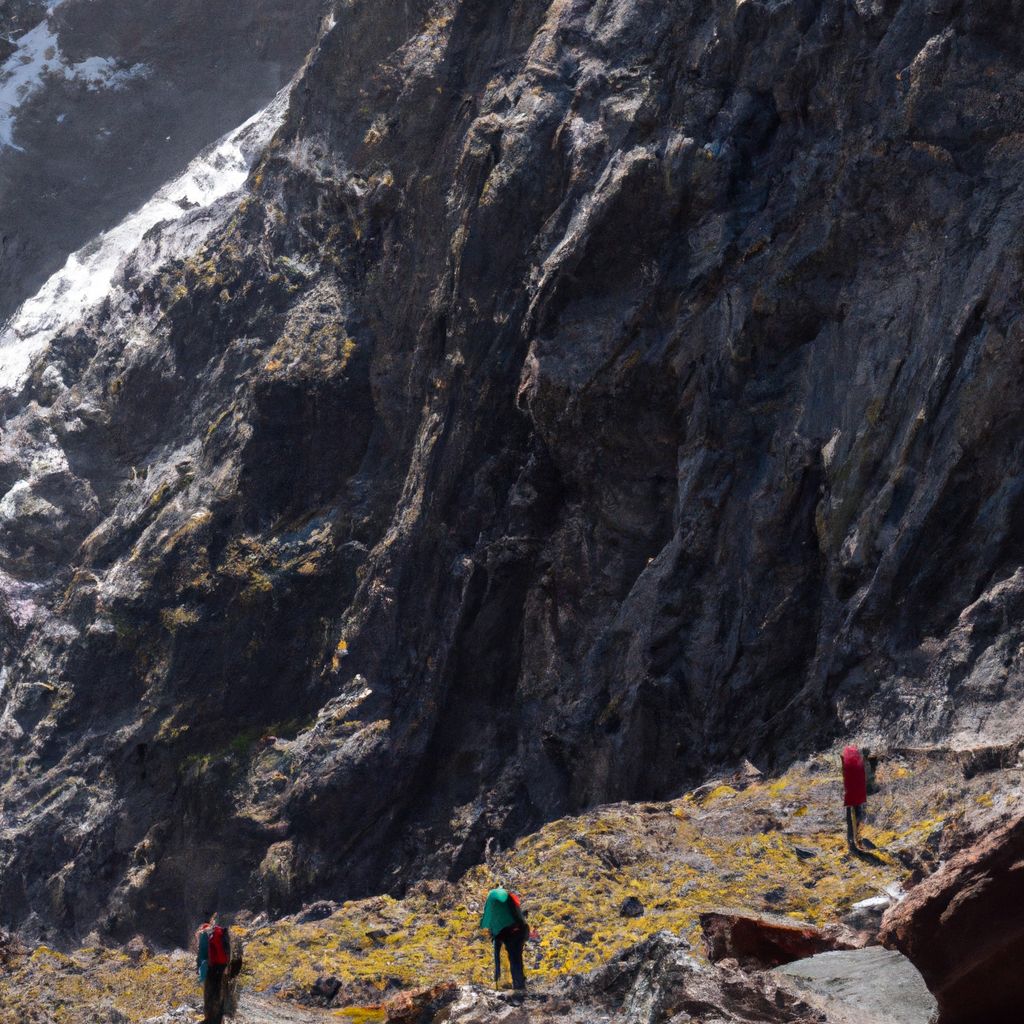
The term ecological balance refers to a state of equilibrium within an ecosystem, where populations of species are stable, and the environment can sustain these life forms indefinitely. This balance is vital as it ensures the functioning and sustenance of all life on Earth.
However, this ecological balance can be disrupted by various factors, including climate change and ecosystem imbalance. These disruptions can have a profound impact on mountaineering activities.
Climate change, characterized by global warming, melting glaciers, and erratic weather patterns, poses a significant threat to mountaineering. According to a study published in the journal Global Environmental Change, warmer temperatures have led to the shrinking of glaciers worldwide, altering the landscape of many popular mountaineering destinations. This not only makes these routes more dangerous but also threatens their very existence.
In addition to changing landscapes, climate change can also lead to unpredictable weather conditions. Sudden storms, avalanches, or extreme temperatures can make mountaineering treacherous and even life-threatening.
On the other hand, the imbalance in ecosystems can also affect mountaineering. For example, an increase in pests or diseases due to ecosystem imbalance can pose a risk to mountaineers.
Furthermore, as mountains are home to a myriad of plant and animal species, any disruption to their habitats can have cascading effects on the entire ecosystem. For instance, the loss of a particular plant species due to trail erosion or pollution could lead to a decrease in the animal species that depend on it for food, which in turn could affect the predators of those animals, and so on.
Therefore, maintaining ecological balance is not just crucial for the survival of mountain ecosystems, but also for the continued enjoyment and safety of mountaineering activities.
Practicing Responsible Mountaineering
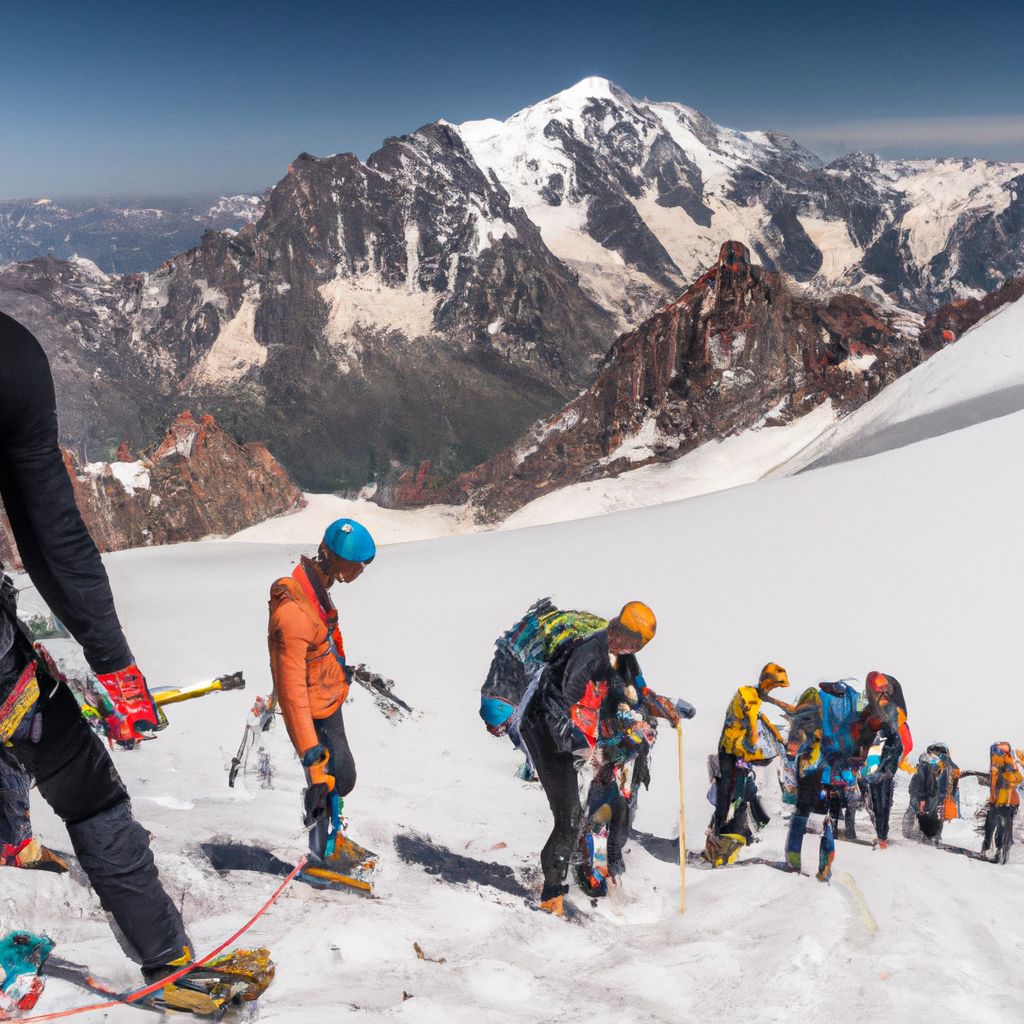
Given the potential impacts of mountaineering on the environment, it's essential for every mountaineer to practice responsible mountaineering. Here are some guidelines to ensure that your mountaineering activities are sustainable and respectful of the environment and local communities.
- Leave No Trace
- This principle is integral to responsible mountaineering. Always carry your waste back with you and dispose of it properly. Avoid disturbing natural features and wildlife. As the Leave No Trace Center for Outdoor Ethics advises, "Take only pictures, leave only footprints."
- Respect Local Communities
- Many mountainous regions are home to indigenous communities with rich cultures and traditions. It's important to respect their way of life, seek their permission when needed, and support their economies by purchasing local goods and services.
- Stay Prepared
- Preparation is key in mountaineering. Equip yourself with the necessary skills, knowledge, and gear to handle emergencies. This includes learning first aid, understanding the local weather and terrain, and carrying essential survival tools.
- Minimize Campfire Impact
- Use a camping stove for cooking instead of making a fire, as it can lead to soil degradation and forest fires. If you must make a fire, do so responsibly, in designated areas, and ensure it's completely extinguished before leaving.
- Stick to the Trails
- Trails are designed to minimize impact on the environment. Straying off the trail can lead to soil erosion and damage to vegetation.
By following these guidelines, you can ensure that your mountaineering activities are as environmentally-friendly as possible. Remember, as mountaineers, we are the stewards of the mountains. It's our responsibility to protect and preserve them for future generations.
Mountaineering and Conservation Efforts
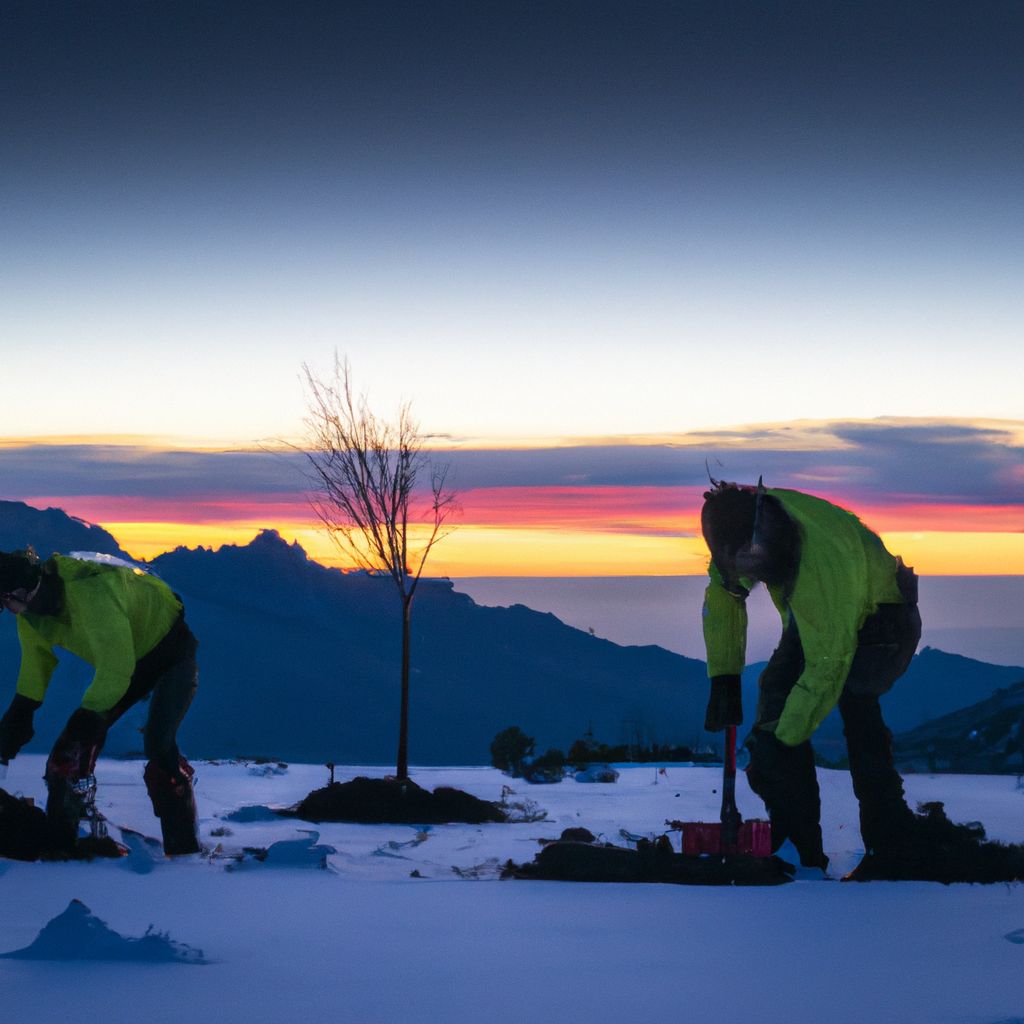
Given the impact of mountaineering on the environment, several conservation efforts have been put in place to protect popular mountaineering destinations. Mountaineers, with their passion for the mountains, can play a crucial role in supporting these efforts.
One such initiative is the Everest Cleaning Campaign launched by the Nepalese government. This initiative aims to remove tons of trash left by climbers on Mount Everest. Mountaineers can contribute to this effort by ensuring they carry back their waste and by participating in clean-up expeditions.
In the United States, the Access Fund works to maintain climbing areas and promote responsible climbing practices. The Fund conducts conservation projects, educates climbers, and advocates for climbers' interests at the local and national levels. Mountaineers can support this organization by volunteering for their conservation teams or by donating money.
In Europe, the Alpine Club has a long history of conservation efforts, ranging from maintaining paths to protecting alpine flora and fauna. Mountaineers can contribute to these efforts by adhering to the club's guidelines and by reporting any observed environmental changes or issues.
The International Climbing and Mountaineering Federation (UIAA) is another organization working globally to protect mountain environments. It has developed a series of standards and guidelines for sustainable mountaineering. Mountaineers can contribute by adopting these guidelines and by participating in UIAA's projects and campaigns.
Mountaineers can also contribute to conservation efforts by raising awareness about environmental issues, participating in citizen science projects, and advocating for environmental policies. In the end, every small step counts in the journey towards sustainable mountaineering and conservation of our precious mountain ecosystems.
The Future of Mountaineering and Ecology

The future of mountaineering in a changing environment is a topic of significant concern and debate among the mountaineering community. With escalating climate change, the face of our beloved mountains is changing rapidly, and this poses several challenges for mountaineering.
Climate change is leading to the melting of glaciers and snowfields, a phenomenon that is dramatically altering the landscapes of mountainous regions. According to the Intergovernmental Panel on Climate Change (IPCC), if global warming continues at its current rate, most of the glaciers in the Himalayas could be gone by the end of the century. This could make many traditional mountaineering routes impassable or extremely hazardous.
Climate change is also leading to more unpredictable and extreme weather events. This could make mountaineering more dangerous and difficult, and limit the window of opportunity for climbing.
However, mountaineers and the broader outdoor community are adapting to these changes. Many are turning to rock climbing and mountain biking as alternatives to traditional mountaineering.
There's also a growing emphasis on sustainable mountaineering. Practices such as minimizing waste, sticking to established trails, and respecting local communities are becoming the norm. Mountaineering organizations and companies are also investing in renewable energy, carbon offsetting, and other sustainability initiatives.
Moreover, the future of mountaineering is likely to involve more technology. From high-tech climbing gear to satellite weather forecasting, technology is making mountaineering safer and more accessible. However, it's important to balance the benefits of technology with the need to maintain the spirit and traditions of mountaineering.
In conclusion, while the future of mountaineering in a changing environment is uncertain, the passion and resilience of the mountaineering community give hope for a future where we continue to enjoy the thrill and beauty of the mountains in a sustainable and respectful manner.


